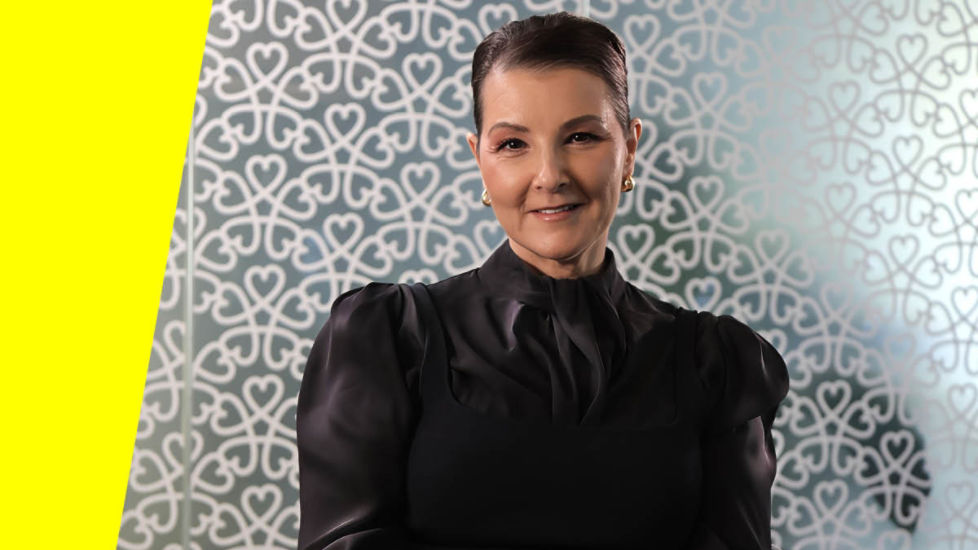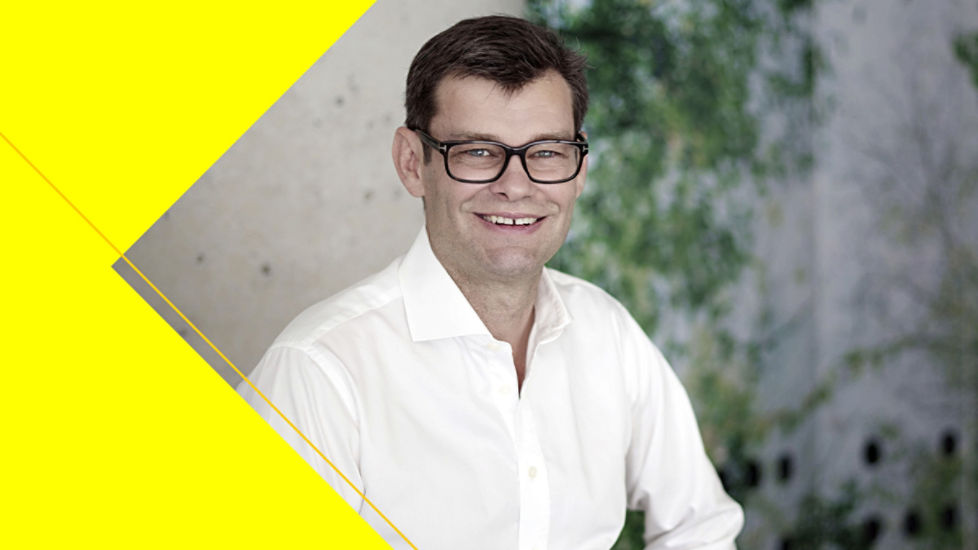Can you describe the scale of the energy transition challenge and how AGL fits in?
At AGL, we believe that this is the largest transformation of Australia’s energy markets ever, requiring hundreds of billions of dollars and AGL will play a major role, investing billions as part of this transition.
The market has long relied on coal, but those plants are reaching the end of their life. Most are already 40 years old, and in another decade, they will be 50, nearing the end of their design life. The reality is that we need to rebuild the system.
AGL has a clear strategy focused on transitioning our generation portfolio by investing in renewables, such as wind and solar, along with gas peakers and pumped hydro. The focus is on replacing legacy energy sources with assets that meet our customer demand. This requires a diverse mix of renewables, firming assets, batteries, pumped hydro, and other technologies. Many overlook the importance of maintaining this balance, but it is essential for reliability, just as it has been in the past.
AGL is committing nearly $10 billion over the next decade, which is a significant investment for a company with a market cap of $7 to 8 billion. This is not a short-term shift, but a long-term strategy that reflects the fundamental changes re-shaping AGL, its customers, and the broader electricity market.
As an energy provider, our core role is managing risk for customers and shareholders. For customers, this means ensuring reliability and price stability while we handle fluctuations in market price and volume. To do this effectively, we need a diverse portfolio of assets that can absorb and mitigate those risks over time.
"As an energy provider, our core role is managing risk for customers and shareholders. For customers, this means ensuring reliability and price stability while we handle fluctuations in market price and volume.”
– Damien Nicks, CEO and Managing Director, AGL






